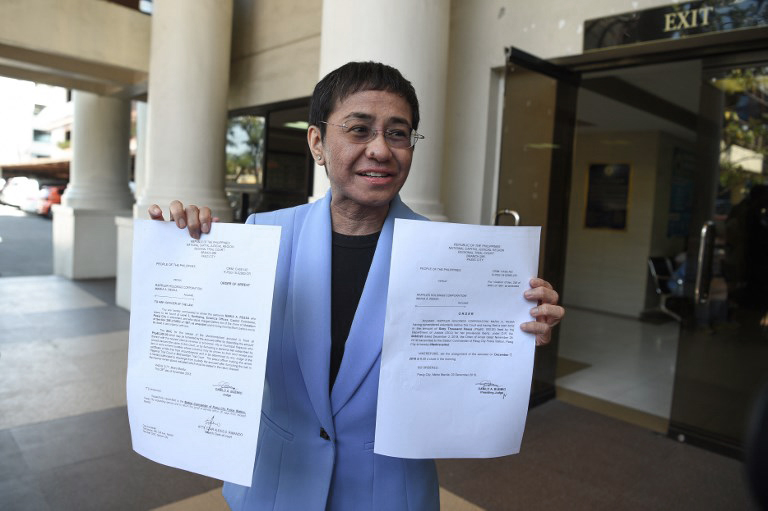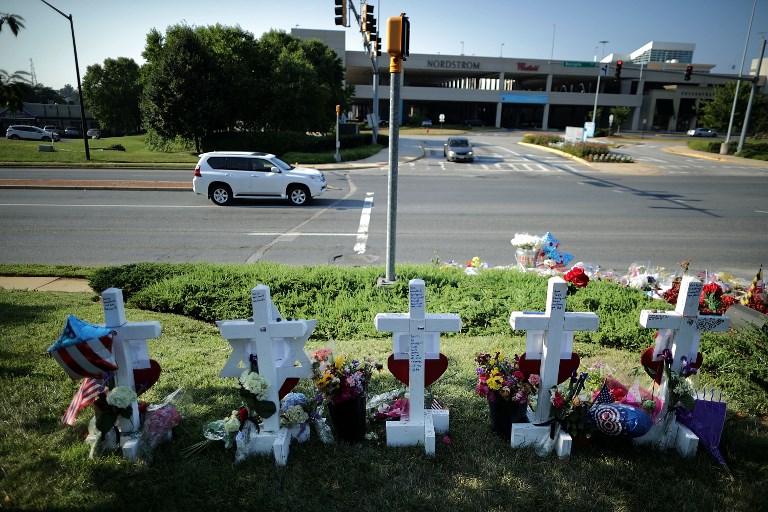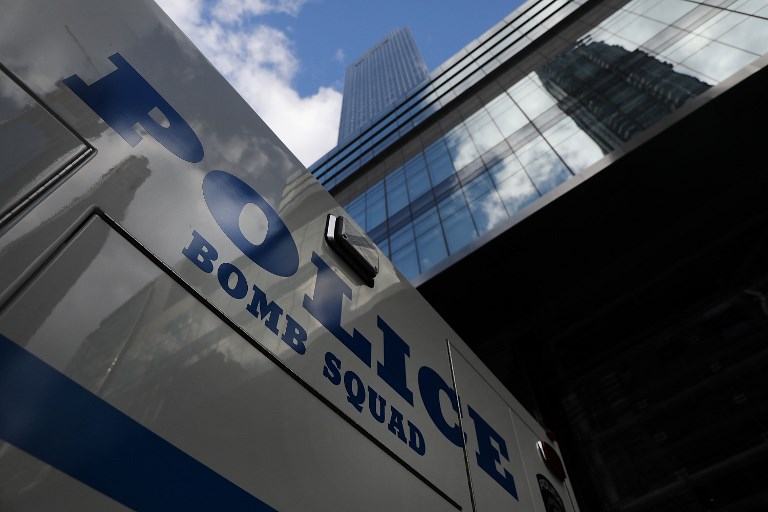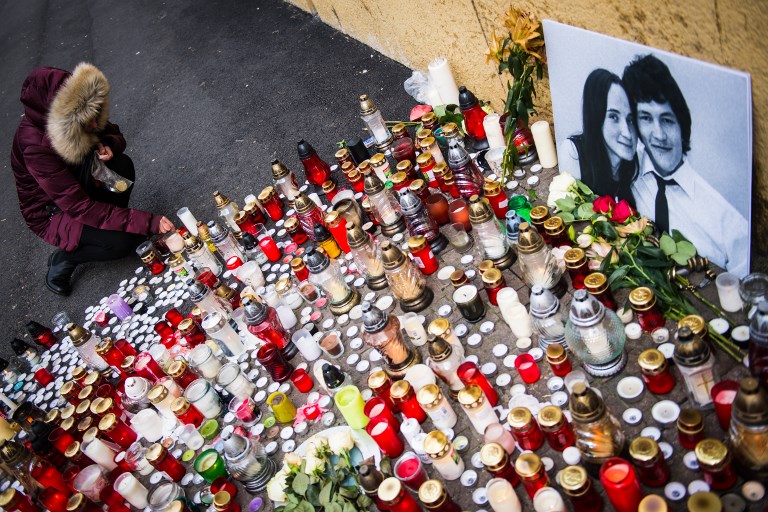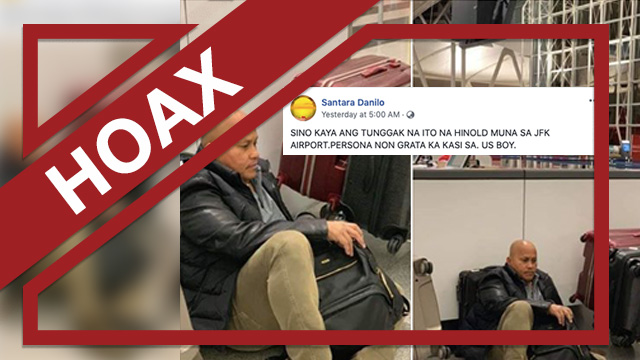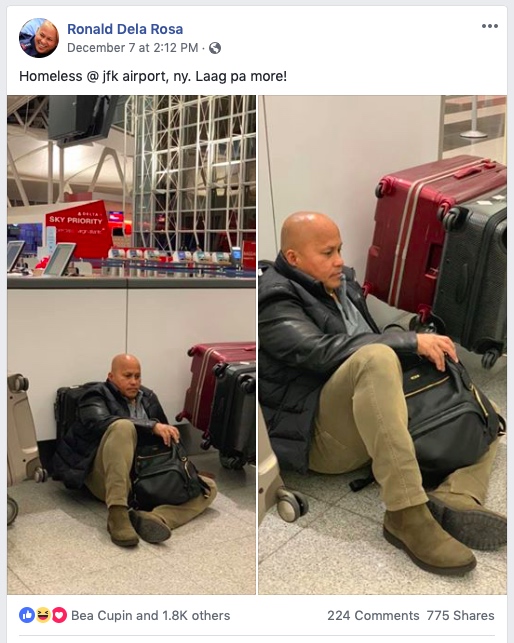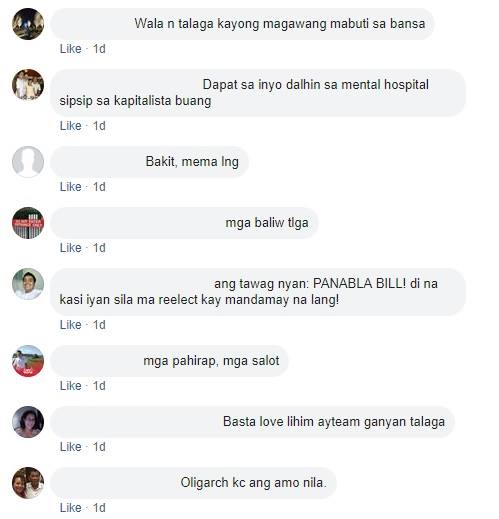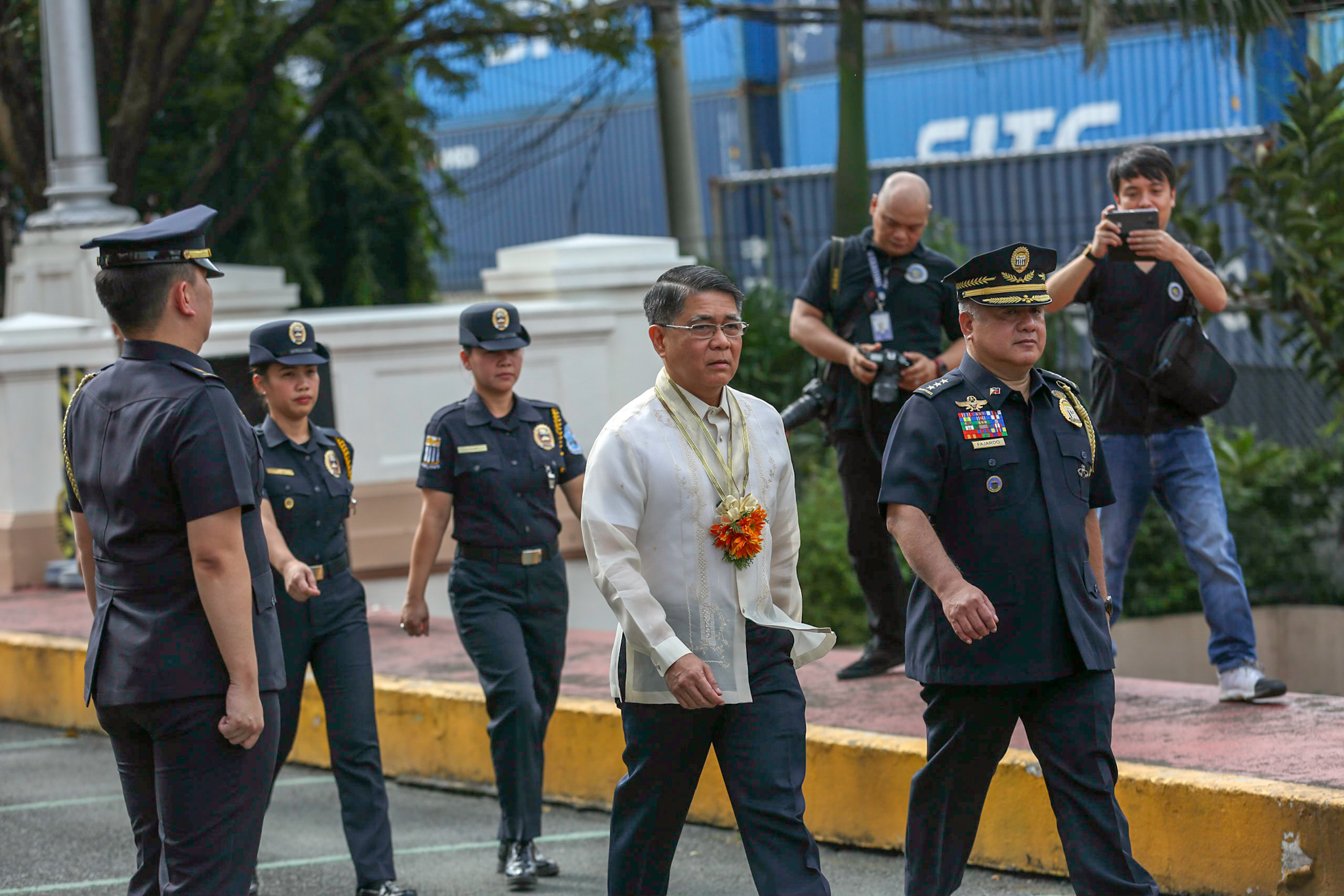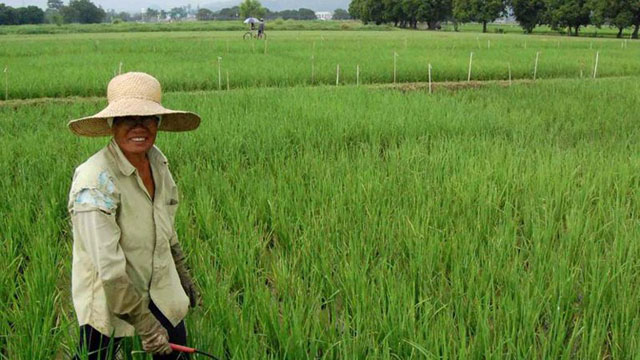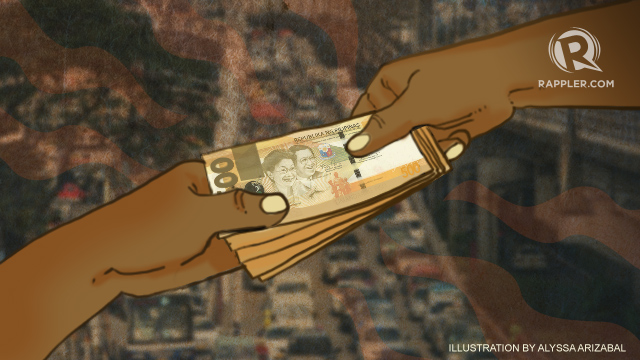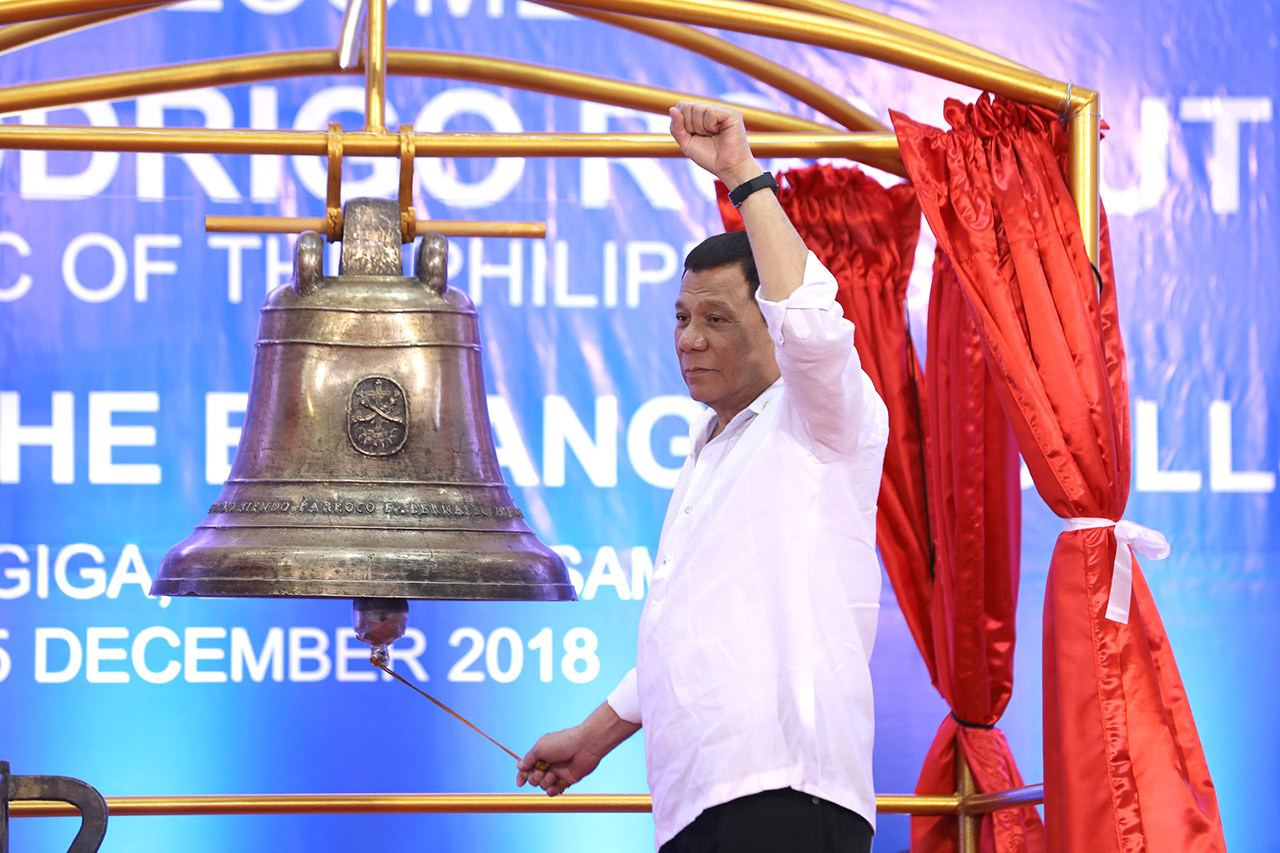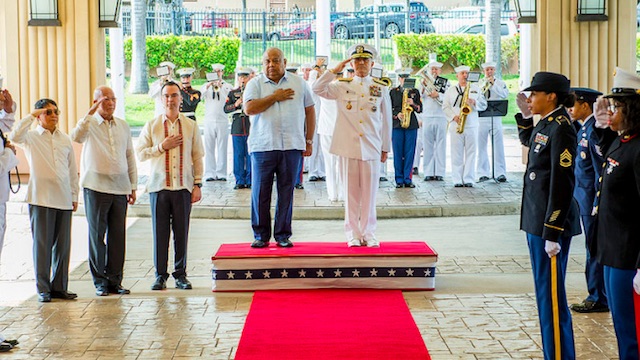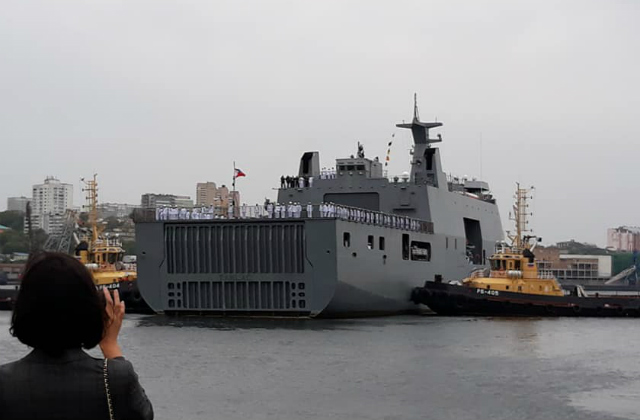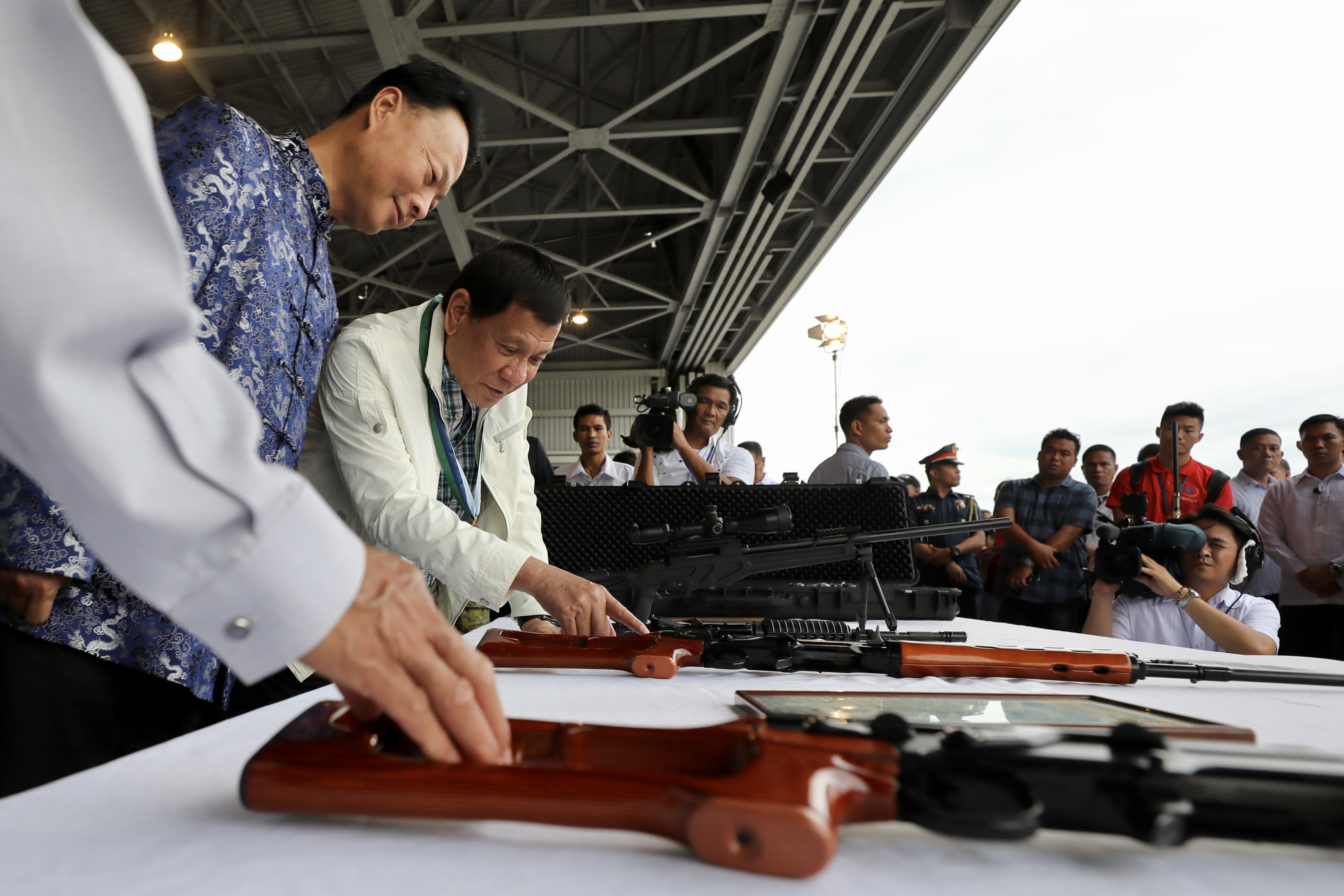
MANILA, Philippines – The Philippine Drug Enforcement Agency (PDEA) has filed criminal cases before the Department of Justice against over 40 personalities linked to the importation of multibillion-peso shabu (methamphetamine) shipments in 2018.
Consisting of former and current law enforcers, Bureau of Customs and importing employees, as well as suspected Chinese personalities, the list of accused was completed by the PDEA based on their investigation and the recently-concluded probes by the Senate blue ribbon committee and the House committee on dangerous drugs and committee on good government.
“This is to inform the public that PDEA is serious to come up with airtight cases against all personalities behind illegal drug transactions,” PDEA chief Director General Aaron Aquino said during the filing of the cases on Thursday, December 13.
The PDEA's list is expected to be the basis of other law enforcement agencies like the Philippine National Police or the Bureau of Customs as the PDEA has been mandated to be the lead anti-drug agency of the country.
The individuals, the PDEA said in a statement, are accused of conspiring to import drugs in violation of Section 5, 26, 30, and 32 of the Dangerous Drugs Act, obstruction of justice, and negligence and tolerance by public officials, or violation of Section 208 of the Revised Penal Code.
Which shabu shipments? The wholesale filing stemmed from two of the biggest shabu shipments uncovered by law enforcement agencies in 2018.
The first case involves the discovery on August 7 of two magnetic lifters at the Manila International Container Port (MICP), which were discovered to have been stuffed with P2.4-billion worth of shabu.
The second case is the P11-billion worth of shabu suspected to have been packed in 4 similar magnetic lifters found in a Cavite warehouse on August 8.
The principal suspects: The PDEA filed cases against principal suspects, or individuals suspected to have participated in both blockbuster cases, namely:
- Eduardo Acierto – The former policeman allegedly on top of orchestrating the shabu shipment
- Ismael Fajardo Jr – The former PDEA deputy chief who allegedly had knowledge of the shipments but did not tell his colleagues
- Jimmy Guban – The former Customs intelligence officer who admitted to his involvement and coverup of the shipments. He has been admitted as a state witness.
- Lito Pirote – The policeman who allegedly received P300,000 from Acierto to give to Guban for the coverup of the bigger shipment
- Joseph Dimayuga
For the MICP magnetic lifters case: The PDEA filed cases against importers and brokers of the MICP case. These are:
- Vedasto Cabral Baraquel Jr - Owner of Vecaba Trading, the importer of the abandoned magnetic lifters found to contain shabu
- Maria Catipan - Wife of Baraquel and co-owner of Vecaba Trading
- Emily Luquingan
- Alex Padlan
- Gorgonio Necessario
- Myra Tan
- Avelino Tendera
- SN Logistics
- Ben Line Agencies Philippines
- Zhauq Quan/Zhang Quan
- Terence Uytingban
- Chan Yee Wah
For the magnetic lifters found in Cavite: Aside from importers and brokers, the PDEA also filed cases against employees of the Bureau of Customs, namely:
- SMYD Trading – with associated persons Marina Signapan, Alexander Dames, Katrina Cuasay, Miguella "Meg" Santos
- Red Day Machinery Parts Corporation – with associated persons Ramon Tuyay, John Leric Olavario, Maribeth Olavario, Minerva Verso, and Chung-Chun Hsu
- He Zhong Consultancy Co. Inc – with associated persons Nonito Estorninos Jr, and Li Jie
- Yida Equipment Crane Limited Company – with associated persons Le Thi Thuy, Luu Thi Thu Huong, and Kan Yi Hong
- All Systems Logistic, Inc – with associated person Roy Baldon
- Dong Trieu Trading and Import/Export Service Trading Company Limited – with associated person Du Quoc Duong
- Zsae Carrie De Guzman – Customs X-ray chief
- Benjamin Cajucom – X-ray operator who cleared magnetic lifters
- Manuel Martinez – X-ray operator who cleared magnetic lifters
- Dolores Domingo
- Chen Wei Cheng
- Ping Cheung Fung
- Roy Wang
- Chinese No.2 alias Zhou Quan
- Chinese No.3 Chen Wei Cheng
- Chinese No.4 alias Cory Yibos
- Chinese No. 6 alias Francis Doe
- Chinese No. 12 alias Glenn Doe
- John Doe
- John Doe 2
- John Doe 3
- John Doe 4
Most of the suspected Chinese personalities on the list are believed to have already fled the country. Meanwhile, two of the main suspects, Eduardo Acierto and Ismael Fajardo, have already been missing for weeks.
The shabu that was not found inside the magnetic lifters in Cavite is believed to have already penetrated the streets. – Rappler.com


